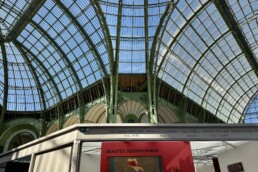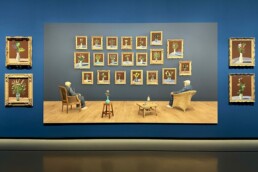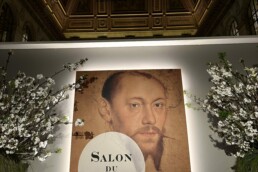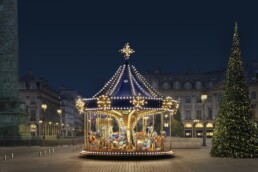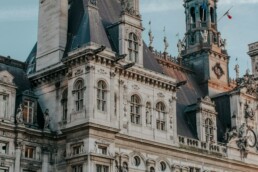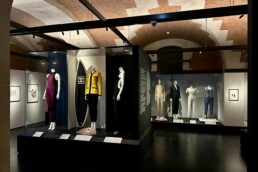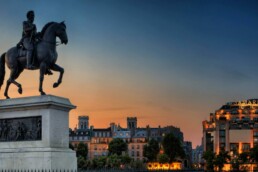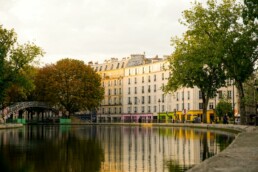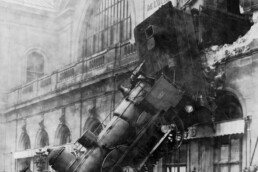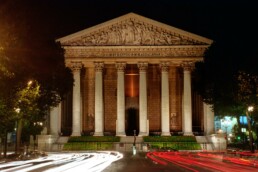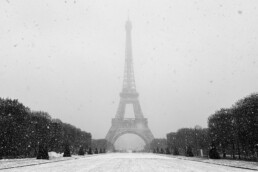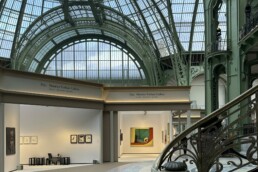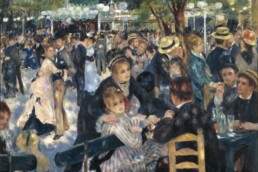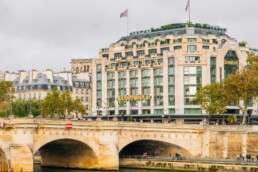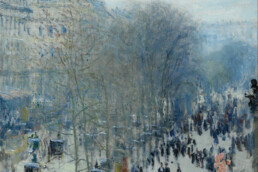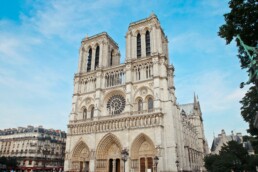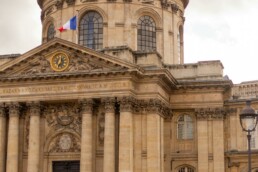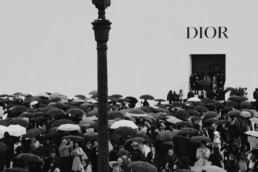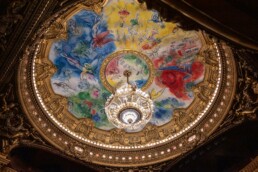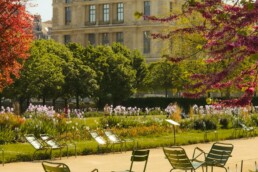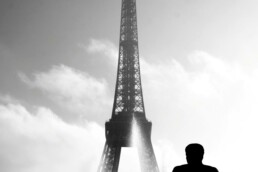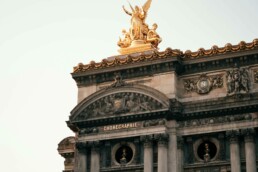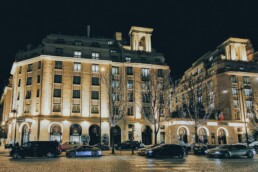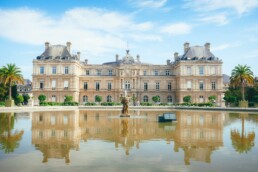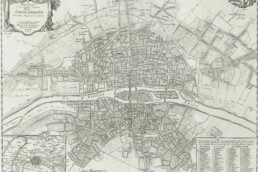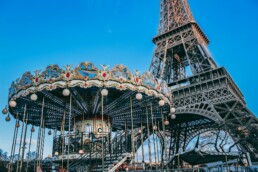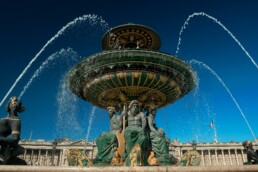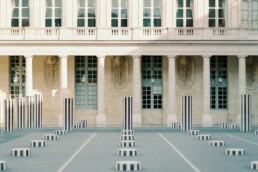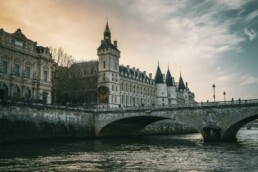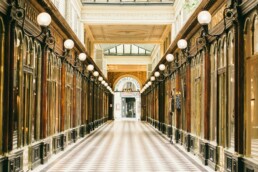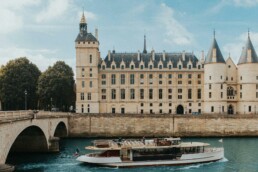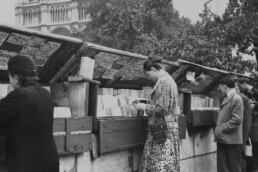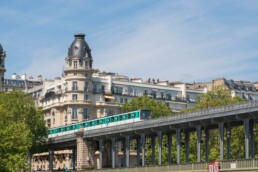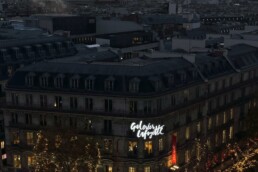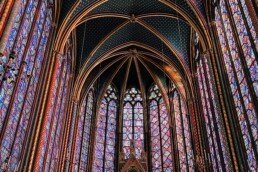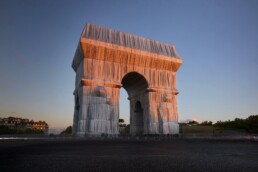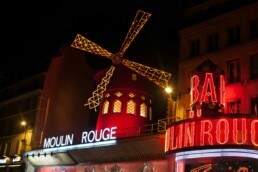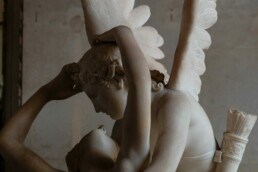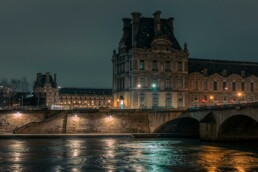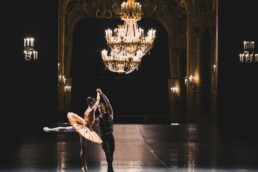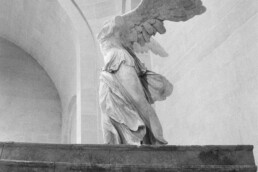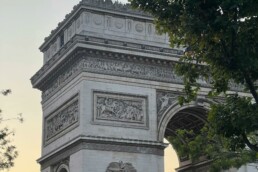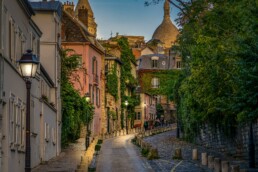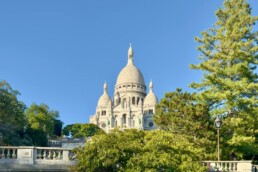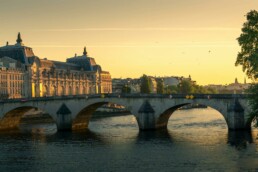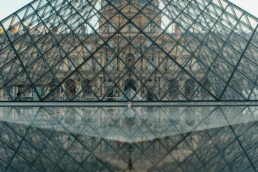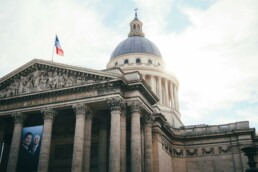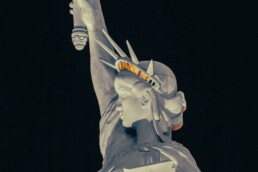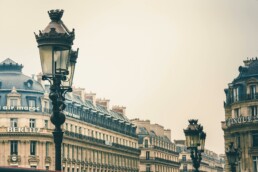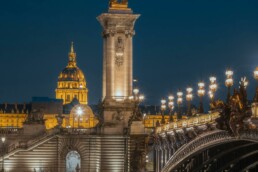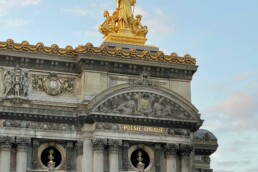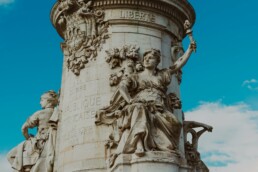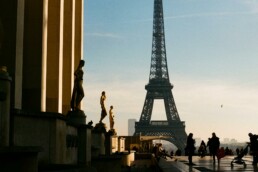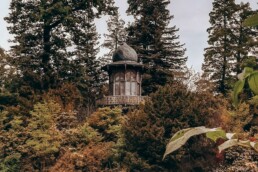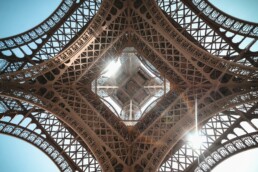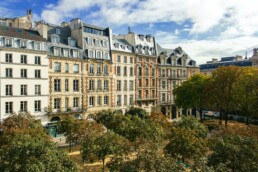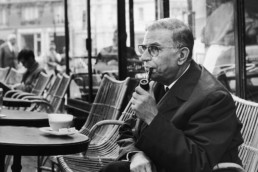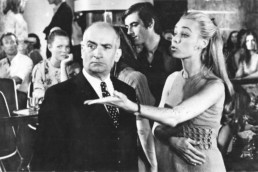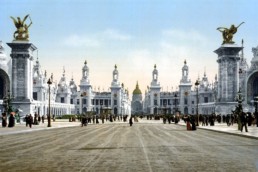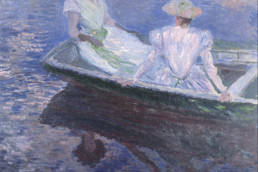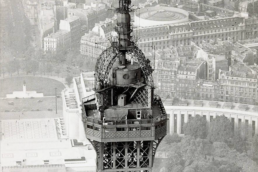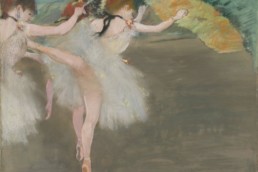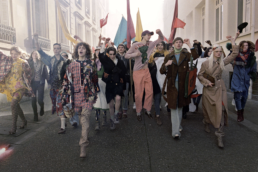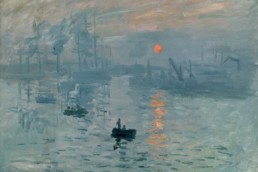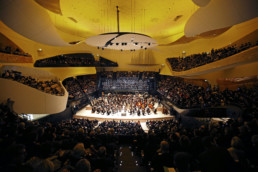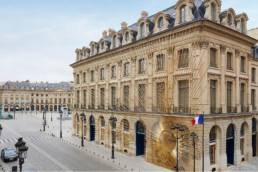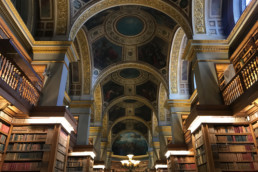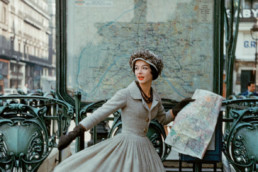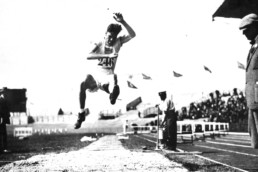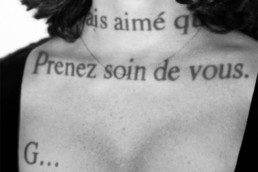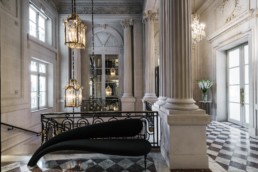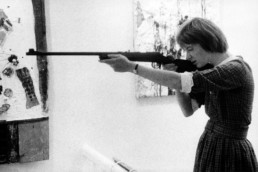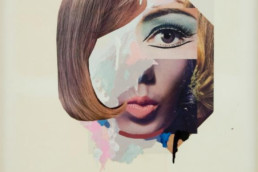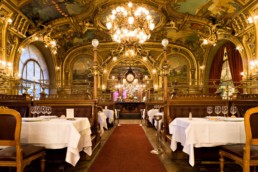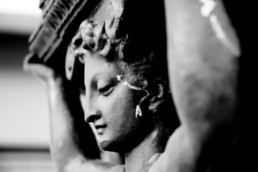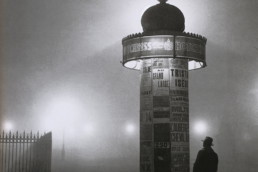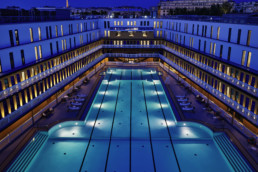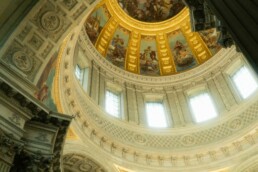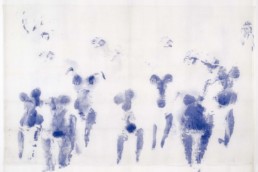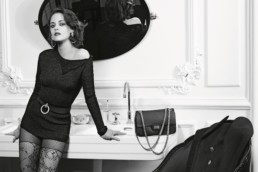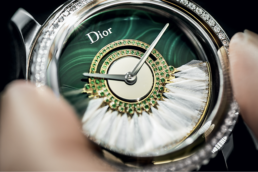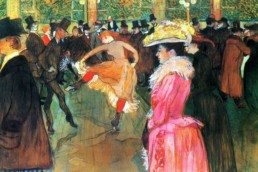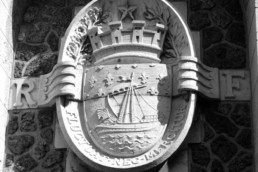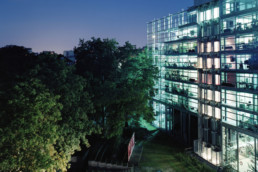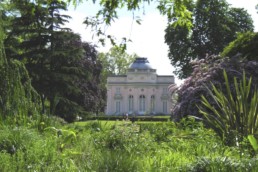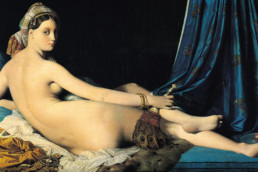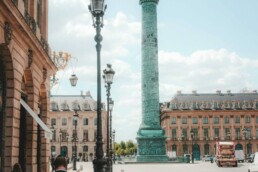In the incessant murmur of the Seine, where time flows with the same languor as the water beneath its arches, the Pont Neuf stands, majestic and immutable, in the heart of Paris. This bridge, which defies the ages and seasons, is a silent testament to the dreams and tribulations of a capital in constant effervescence. The Pont Neuf, which carries the memory of the past and the hope of the future, embodies the very soul of Paris, that subtle blend of grandeur and melancholy.
It was Henri III who, in 1578, laid the first stone of this structure, but it was Henri IV who, in 1607, completed this colossal work. The Pont Neuf, despite its paradoxical name, is today the oldest bridge in Paris. It was the first to be devoid of houses, thus offering passersby an unobstructed view of the city, a novelty that symbolized openness and modernity.
I remember the tales my grandmother used to tell, her gaze lost in the meanders of the river, evoking the flower vendors who once brightened the parapets of the bridge with their colorful stalls. The laughter of children playing tag on the stone benches, the clatter of horse hooves pulling gilded carriages, all of this resurfaces as if in a madeleine dipped in a cup of tea, a flood of memories filling my mind.
The Pont Neuf was also a witness to the great moments and tragedies of Paris. The rumbling revolutions, the royal processions, the star-crossed lovers swearing fidelity under the fading stars of dawn. Each stone, each nook, bears the indelible mark of those who have walked it, kings and paupers, poets and anonymous souls.
When I stroll there at dusk, the streetlamps casting shifting shadows, it seems to me I can hear the whisper of centuries. The Pont Neuf, far from being merely a passage from one bank to the other, is a bridge between the past and the present, a link between memories and eternity.
It is a living canvas where each stone, each statue tells a story, where one can still, if one listens closely, perceive the echoes of old troubadour songs, the cries of newspaper vendors, and the gentle lapping of the Seine, faithful companion to so many secrets.
Thus, the Pont Neuf remains, through the mists of time, a symbol of Paris. It is to Parisians what a madeleine dipped in tea is to Proust, an open door to infinity, a memory where sweetness and sorrow intermingle, a constant reminder of the fleeting beauty of our existence.
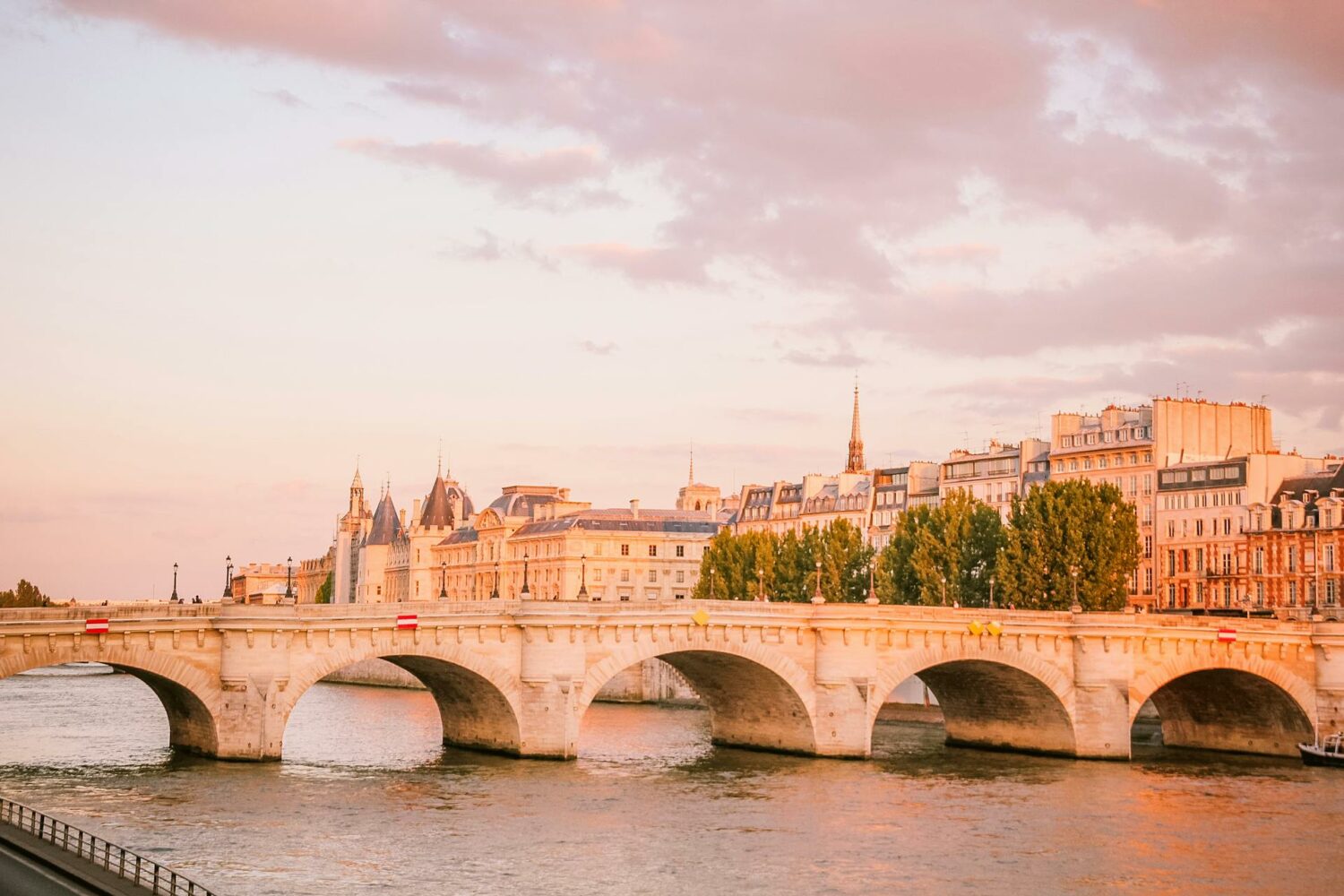
Lire également :
24 April 2025
Cycling Through Paris: An Urban Odyssey
23 December 2024
Paris by Night: Unveiling the McLaren 750S Magic
13 December 2024
Place Vendôme: The Louis Vuitton Carousel
28 November 2024
The Hôtel de Ville: Symbol of Resistance and Renewal
28 November 2024
Palais Galliera Presents: Fashion in Motion
25 November 2024
The Canal Saint-Martin: Memories Between Waters and Reveries
25 November 2024
The Poetry of Chaos: Montparnasse 1895
25 November 2024
The Church of La Madeleine
22 November 2024
The Magic of Paris in the Snow
22 November 2024
Fine Arts Paris: Under the Glass Dome of the Grand Palais
19 November 2024
The Passe-Muraille of Marcel Aymé
19 November 2024
Renoir : The Bal du moulin de la Galette
19 November 2024
The Enchanted Staircase of Gustave Moreau
18 November 2024
Au Consulat: The Soul of Montmartre Through the Ages
18 November 2024
La Samaritaine : Memory and Modernity
18 November 2024
Au Rocher de Cancale
14 November 2024
Monet : Boulevard des Capucines
13 November 2024
Notre-Dame de Paris: Chronicles of a Timeless Sentinel
13 November 2024
Echoes of Knowledge: The Institut de France
12 November 2024
The Grand Parisian Fashion Show: Upcoming Fashion Week Dates
12 November 2024
The Spirit of Liberty: Legends of the Bastille
12 November 2024
The Ceiling of the Opéra Garnier by Marc Chagall
12 November 2024
he Green Fermob Chairs: Memories from Parisian Parks
12 November 2024
The Esplanade of Trocadéro: A Window onto the Eiffel Tower
12 November 2024
The Angels of the Opéra Garnier: Guardians of Beauty
12 November 2024
George V: A Palace of Beauty and Tranquility
12 November 2024
Practical Guide: Taxis in Paris
12 November 2024
The Palais du Luxembourg: From Royal Residence to Senate Seat
12 November 2024
Plan of Paris 1676
11 November 2024
A Haven of Peace in the Heart of Paris: The Île Saint-Louis
11 November 2024
The Fountains of Place de la Concorde
11 November 2024
The Buren Columns: A Contemporary Dialogue with the Palais-Royal
11 November 2024
The Conciergerie of Paris
11 November 2024
The Véro-Dodat Gallery in Paris
11 November 2024
The Seine: The Elegant Lifeline of Paris
11 November 2024
The Booksellers of the Seine: Guardians of Dreams and Memories
11 November 2024
The Louis Vuitton Foundation: A Symphony of Glass and Light
11 November 2024
The Bir-Hakeim Bridge: A Symphony of Iron and Light
11 November 2024
Galeries Lafayette: Chronicles of Luxury and Memories
11 November 2024
The Sainte-Chapelle: Chronicles of Light and Mystery
9 November 2024
Wrapped Memories: Christo’s Arc de Triomphe
7 November 2024
The Moulin Rouge: A Parisian Nocturnal Epic
7 November 2024
Psyche Revived: A Journey Through Art and Love
7 November 2024
The Louvre: Between Fortress and Patronage
5 November 2024
Through the Veils of Creation: CHANEL and the Paris Opera
5 November 2024
Victory of Samothrace: Eternal Triumph at the Louvre
5 November 2024
The Napoleonic Legacy: The History of the Arc de Triomphe
5 November 2024
The Sacré-Cœur: A Story of Faith and Beauty
5 November 2024
The Gare d'Orsay: A Journey Through Time and Art
5 November 2024
The Louvre Pyramid: Symbol of Architectural Boldness
5 November 2024
The Pantheon: A Republican Sanctuary in the Heart of Paris
5 November 2024
Baron Haussmann: Architect of Parisian Metamorphosis
5 November 2024
The History of Place de la République: A Parisian Evocation
5 November 2024
The History of the Trocadéro: A Parisian Memory
5 November 2024
The History of the Bois de Boulogne: A Parisian Reminiscence
5 November 2024
The History of the Eiffel Tower: A Memory of Iron and Light
5 November 2024
The History of Place Dauphine: A Parisian Evocation
29 May 2019
Jean-Paul Sartre
29 May 2019
The Yves Saint Laurent Museum in Paris
28 May 2019
Geneviève Grad
25 May 2019
L’exposition universelle de 1900
23 May 2019
On the Boat by Claude Mone
13 January 2019
Last Year at Marienbad: Between Dream and Reality
10 September 2018
Degas’ Dancers: A Reflection on the Ephemeral and the Timeless
29 May 2018
Gucci’s “Paris 68” Campaign
8 February 2018
Claude Monet: Impression, Sunrise
10 December 2017
The Philharmonie de Paris: Modern Harmony and Musical Heritage
20 November 2017
Louis Vuitton Vendôme by Peter Marino
3 August 2017
The 1924 Summer Olympics in Paris
20 July 2017
The Crillon Hotel in Paris
17 July 2017
La fondation Brigitte Bardot
29 June 2017
Molitor: The Dawn of the Bikini in Paris
21 June 2017
The History of the Morris Columns in Paris
21 June 2017
De Fursac: The Quintessence of Parisian Suits
21 June 2017
Molitor: Paris’ Timeless Oasis
20 June 2017
The Dome of Les Invalides in Paris
23 May 2017
The Equestrian Statue of Joan of Arc
22 May 2017
The “Collier de Chien” Bracelet by Hermès
29 April 2017
Henri de Toulouse-Lautrec : Le bal au Moulin Rouge
23 April 2017
The History of “Fluctuat nec mergitur” in Paris
23 March 2017
The Museum of Modern Art in Paris
21 January 2017
The Bagatelle Park in the Bois de Boulogne
21 January 2017
An Odalisque at the Louvre
21 January 2017




